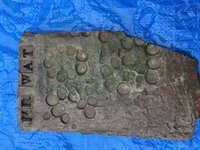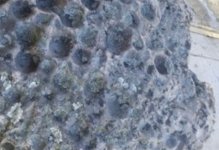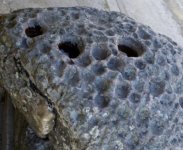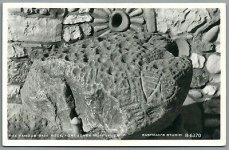I went creek hunting Wednesday & found a couple more nutting stones! The red one is really cool has multiple cups on both sides!
Attachments
-
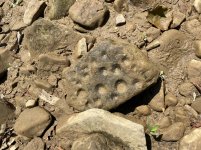 F933D10D-F762-444B-9357-63041B1C139A.jpg2.8 MB · Views: 322
F933D10D-F762-444B-9357-63041B1C139A.jpg2.8 MB · Views: 322 -
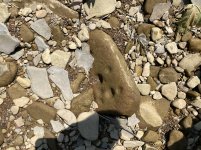 EE028F0F-2686-42FA-B089-082B563DA3F0.jpg2.4 MB · Views: 180
EE028F0F-2686-42FA-B089-082B563DA3F0.jpg2.4 MB · Views: 180 -
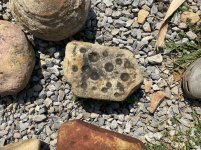 52B89EE3-84A5-4F8C-B401-B268292631B2.jpg2.7 MB · Views: 152
52B89EE3-84A5-4F8C-B401-B268292631B2.jpg2.7 MB · Views: 152 -
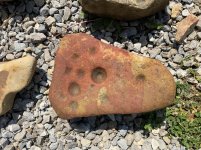 342AEC4B-3219-4476-AC86-D57696DA85C7.jpg2.3 MB · Views: 159
342AEC4B-3219-4476-AC86-D57696DA85C7.jpg2.3 MB · Views: 159 -
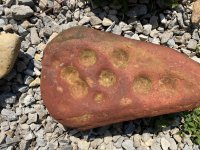 EE57ECDD-CC4E-433A-9097-C381794FA926.jpeg2.3 MB · Views: 180
EE57ECDD-CC4E-433A-9097-C381794FA926.jpeg2.3 MB · Views: 180
Upvote
1



